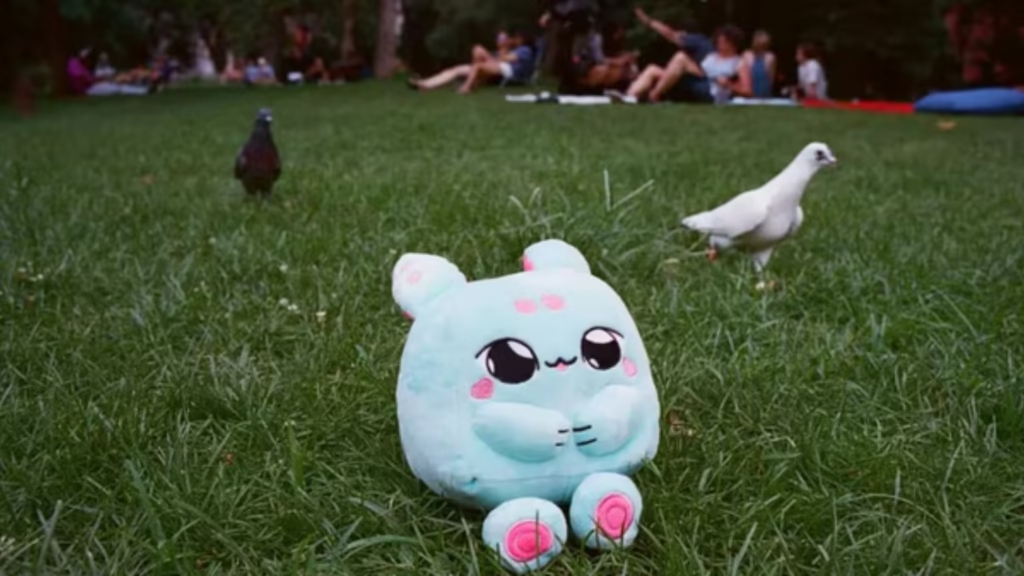In Redwood City, California, a startup called Curio is trying to reinvent playtime. The founders, Misha Sallee and Sam Eaton, have designed a set of cuddly plushies—Grem, Grok, and Gaboo—that aren’t just soft toys. Hidden inside each one is a Wi-Fi-enabled voice box that connects to an Artificial Intelligence (AI) language model, making the toys capable of chatting with kids in real time.
At $99 each, these toys join a growing trend of AI-powered toys for children. And the trend is only getting bigger. OpenAI has even teamed up with Mattel to bring AI into famous brands like Barbie and Ken. But while the concept sounds futuristic and fun, it raises a bigger question: are these toys really better than good old-fashioned play?
Playtime Without Screens?
Curio promotes its plushies as a healthier alternative to screen time. Many parents struggle to keep their kids away from TVs, tablets, and smartphones, and the idea of a soft “sidekick” that can talk back feels appealing. Co-founder Sam Eaton calls the toys a way to make play “more stimulating” without relying on endless cartoons.
But not everyone is convinced. Journalist Amanda Hess, who tried one of the plushies, described a funny but odd moment with Grem. The toy suggested playing “I Spy” despite not having eyes. She also pointed out the irony: these toys are pitched as non-screen play, yet they rely on the same kind of tech that powers digital devices.
From Cartoons to Cuddly Robots
The idea of a tech sidekick isn’t new for kids. They’ve grown up watching characters like BMO from Adventure Time or Smartie from Sesame Street, who act like digital helpers. In Mickey Mouse Clubhouse, Toodles, a tablet-like character, instantly solves problems with “Mouseketools.”
According to Hess, toys like Curio’s plushies bring that fantasy into the real world. While they look soft and harmless, every conversation still loops back to a powerful language model, meaning playtime is tethered to technology—even when wrapped in a cuddly shell.
The Privacy Puzzle
The charm of these AI-powered toys comes with strings attached—privacy strings. Every chat between a child and their plush toy is transcribed and sent to a parent’s phone. Curio says the data isn’t stored for other uses, but its privacy policy makes clear that information may pass through third parties like OpenAI and Perplexity AI.
That raises a delicate question: what happens when a child’s beloved stuffed animal, often seen as a safe and private companion, becomes a tool for monitoring and control? Does it still feel magical—or more like surveillance in disguise?
Back to Basics
In the end, Hess tried a simple experiment. She removed the voice box from the plushie and handed it back to her kids. Without the tech inside, it was just a regular toy again—and her children instantly made up their own games. For her, it was proof that sometimes the most imaginative play doesn’t need AI, Wi-Fi, or voice commands at all.


